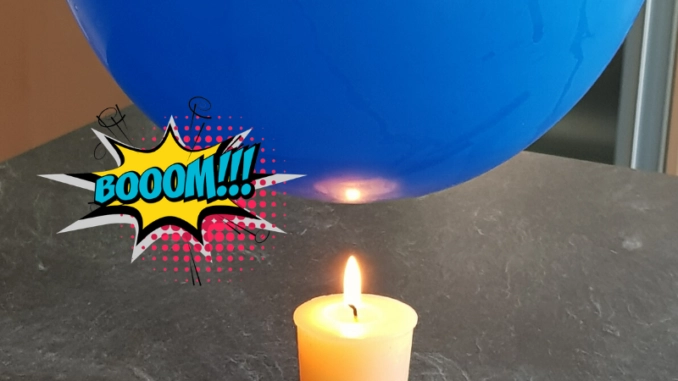
A balloon filled with air explodes if you put it over a flame. But did you know that with a small amount of water, you could keep your balloon inflated over a candle without it exploding? It’s a trick magicians use to surprise children.
You will need:
- Balloons
- A candle
- Some water
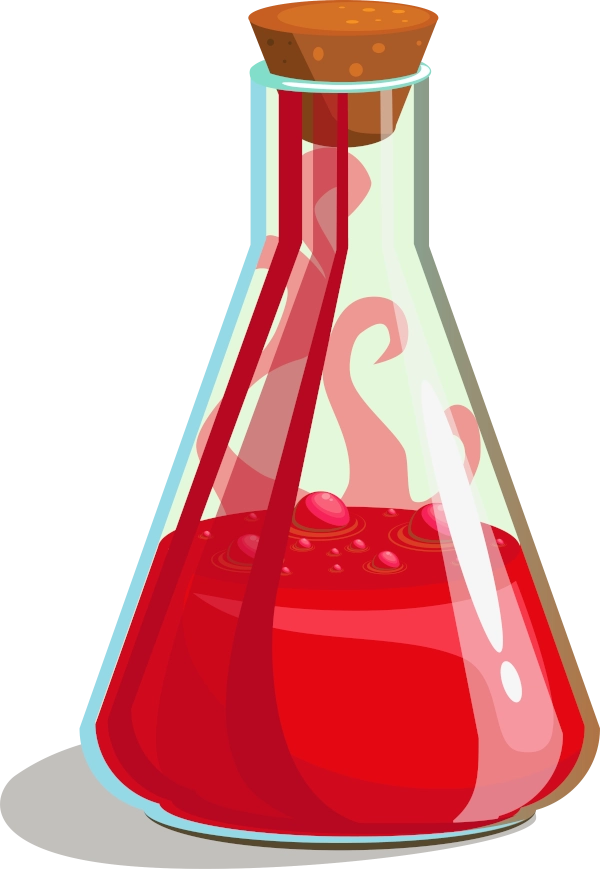
From 5 years

Difficulty : easy

This experience requires the help of an adult

Let's experiment
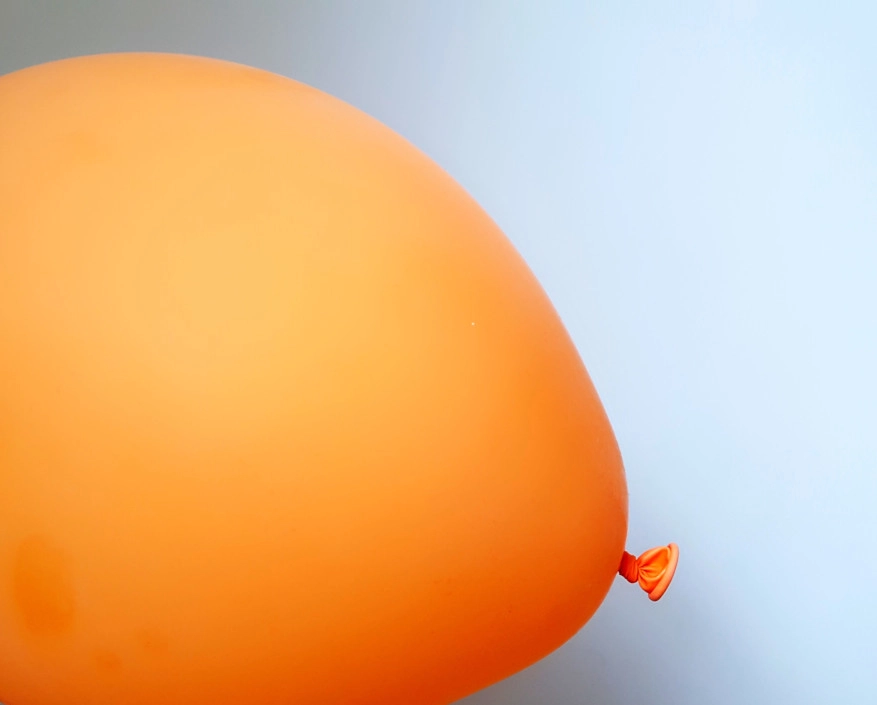

Inflate a balloon and ask an adult to tie a knot.

With the help of an adult, light the candle and place your balloon over the flame. What’s going on?
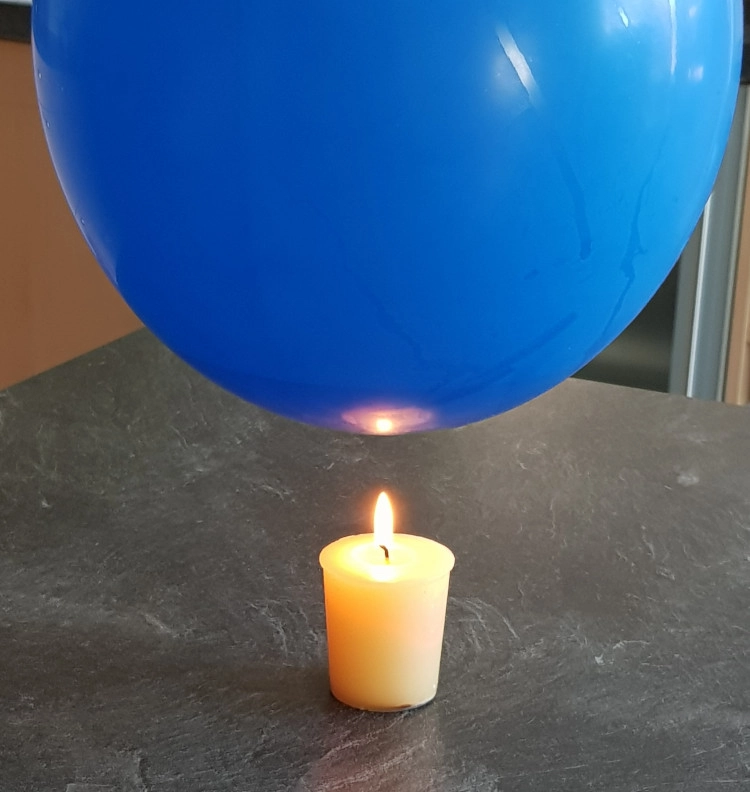

Repeat the same experiment, but this time you put water in your balloon. You then continue to inflate it by mouth, with the water inside.

What’s going on here?

Take a closer look at your balloon… do you see some soot?
Understand the experiment
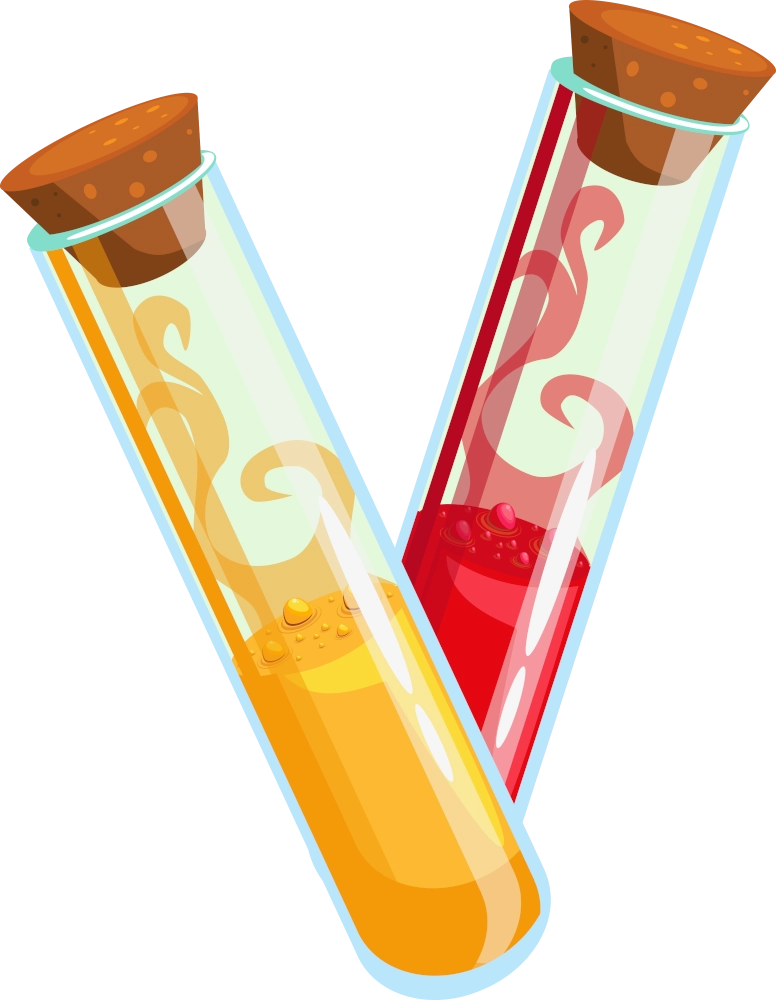
A fireproof balloon
Water is a material that has the ability to store heat. The balloon, when inflated, is bounded by a very thin plastic membrane. The heat emitted by the flame passes through the balloon and heats the water. The warmer water is lighter so it rises, giving way to the colder water in the balloon. This heat exchange that occurs allows you to keep your balloon above the flame without it exploding.
You may see soot on your balloon. A black substance that is easily removed with paper towels. This soot is made up of carbon, deposited by the flame.
Did you know?
A water-based foam to prevent fire.
In the real world, the ability of water to store heat is exploited to protect homes from fire. This water is dispersed in a super-absorbent polymer foam, such as that used in baby diapers. Firefighters spread it like shaving foam around houses when they are threatened by a forest fire.
This foam stores heat, which protects the house from the fire.
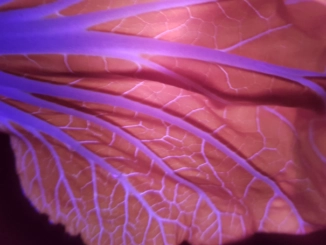
The tree leaves are red
The leaves of trees are green in daylight. It is thanks to chlorophyll, an important molecule which is involved in photosynthesis to convert carbon dioxide into oxygen. But under black light, chlorophyll is red. A phenomenon linked to fluorescence. […]
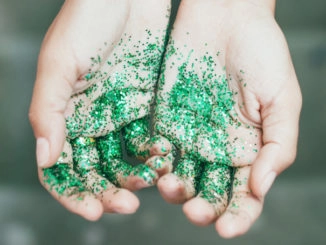
Hands full of germs
Washing your hands before eating is necessary to eliminate parasites invisible to the naked eye. Is it enough to put them underwater or is soap necessary? Thanks to the glitter, make this fun experience at home. […]
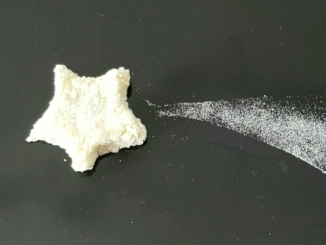
Transform milk into plastic
Did you know that plastic can also be produced from natural resources? The best example is milk! Milk proteins, huge molecules like those in plastics, can, under certain conditions, agglomerate to form a solid. […]

